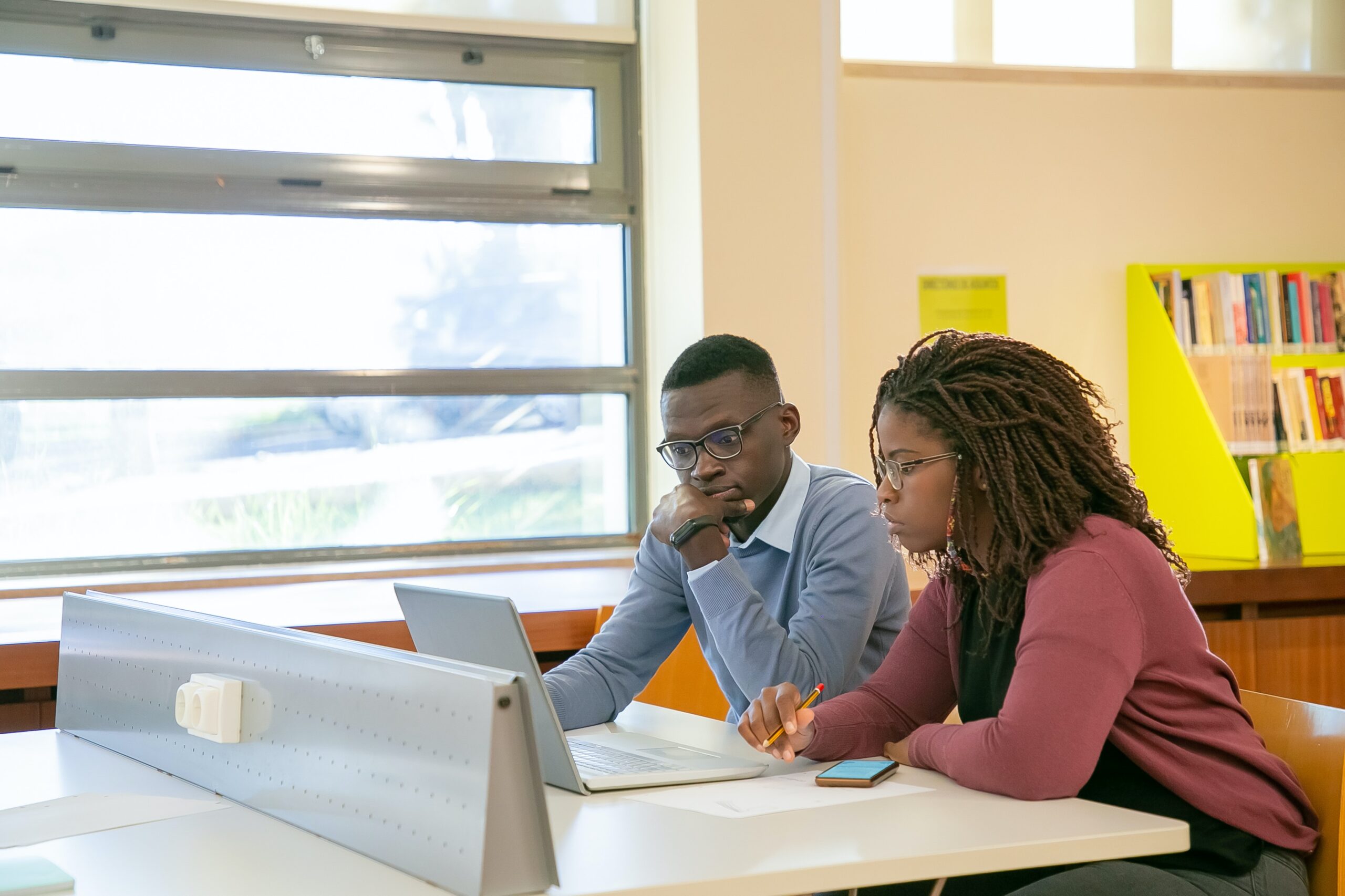UGC Guidelines for Plagiarism 2023
Plagiarism is a grave academic offense, undermining the integrity of research and eroding trust in scholarly communications. The University Grants Commission (UGC), understanding the severity of this, has rolled out specific guidelines in 2023 to combat and penalize instances of plagiarism in the academic and research arena. This article sheds light on these guidelines to help scholars maintain the sanctity of their work.
Also, understand how plagiarism is approached in UK universities to complement these UGC guidelines
Objective of the UGC Guidelines
The UGC’s core intention behind these regulations is twofold: to foster a culture of honest academic conduct and to set deterrents for any acts that violate the principles of integrity. By setting clear rules and stringent penalties, the UGC ensures a level playing field, where scholars are rewarded for genuine efforts and originality.
Exclusions from Plagiarism
The UGC recognizes that not all similarities are acts of plagiarism. To ensure fairness, the UGC has listed certain exclusions during the similarity check for plagiarism. These exclusions are:
- All works that have quotations or phrases.
- Sections such as references, bibliography, table of content, preface, and acknowledgments.
- The use of generic terms, laws, standard symbols, and standard equations.
Note: Original works, including abstracts, summaries, hypotheses, and conclusions, should strictly not bear excessive similarities. Coincidental terms, up to fourteen consecutive words, are also exempted.
Levels of Plagiarism
The UGC has classified plagiarism into distinct levels, based on the extent of similarities:
| Levels | Description |
| Level 0 | Up to 10% similarity- No penalty |
| Level 1 | Above 10% to 40% similarity |
| Level 2 | Above 40% to 60% similarity |
| Level 3 | Above 60% similarity |
Penalties for Plagiarism
For Thesis and Dissertations
- Level 0: Minor similarities, no liability.
- Level 1: Such students will be required to re-submit a revised version within a maximum of six months.
- Level 2: The student will be barred from resubmission for one year.
- Level 3: The student’s registration for that program will be terminated.
For Academic and Research Publications
- Level 0: Minor similarities, no penalty.
- Level 1: Authors will be advised to withdraw their manuscript.
- Level 2:
- Withdrawal of the manuscript.
- Loss of one annual increment.
- Prohibition from supervising new Master’s, Ph.D. students for two years.
- Level 3:
- Manuscript withdrawal.
- Denial of two consecutive annual increments.
- Restriction from supervising any new Master’s, Ph.D. students for three years.
Different Forms of Plagiarism
Plagiarism isn’t merely copying and pasting. There are different manifestations of this act. Some of the main types identified by the Legal Service India forum include:
- Copy and Paste Plagiarism: Direct copying from sources without attribution.
- Word-switch Plagiarism: Minor word alterations but retaining the original idea without giving credit.
- Metaphor Plagiarism: Replicating metaphorical expressions to enhance work presentation.
- Idea Plagiarism: Incorporating someone else’s ideas without proper acknowledgment.
- Reasoning Style/Organization Plagiarism: Mimicking the structure or sequence of someone else’s work.
- Self-Plagiarism: Reusing one’s previous work without citing it.
Final Thoughts
With the increasing accessibility to a vast array of information, it becomes pivotal for researchers to understand the boundaries of academic integrity. The UGC guidelines serve as a beacon, guiding the academic community towards responsible research and publication practices. Upholding these standards is essential not just for individuals but for the entire academic community to thrive and evolve.
In the quest to uphold academic integrity and adhere to the UGC’s stringent guidelines against plagiarism, researchers and scholars might seek innovative tools to ensure their work’s originality. One such valuable resource is OneClickHuman, a platform designed to convert AI-generated content into content that resonates with human creativity and authenticity. This tool can be instrumental in assisting authors to refine their manuscripts in line with UGC’s expectations, thereby maintaining the sanctity of academic work while navigating the complexities of plagiarism avoidance.
Frequently Asked Questions
1. What is the new policy of plagiarism in UGC?
The UGC’s new policy categorizes plagiarism into levels with corresponding penalties, ranging from no penalty for minor similarities to severe consequences for high levels of plagiarism.
2. What is the national policy of plagiarism?
The national policy on plagiarism emphasizes ethical practices in academic writing, advocating for limited and properly acknowledged use of others’ ideas and words.
3. Which plagiarism checker is approved by UGC?
The UGC and NAAC recommend Urkund Software for plagiarism detection in academic research, ensuring adherence to research ethics and originality.







